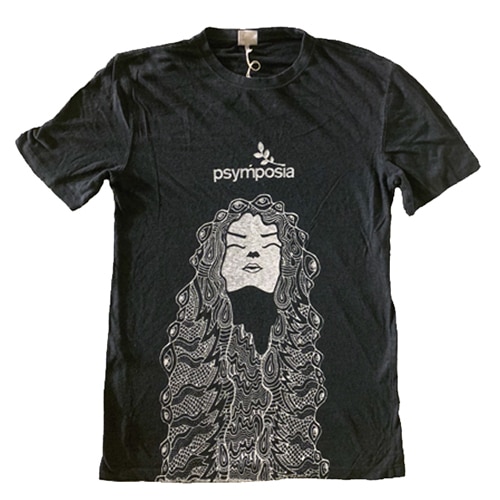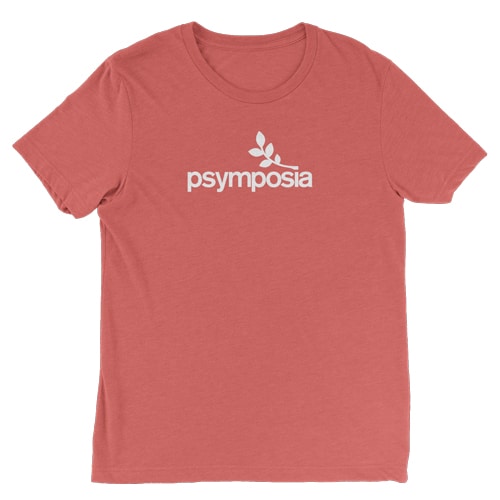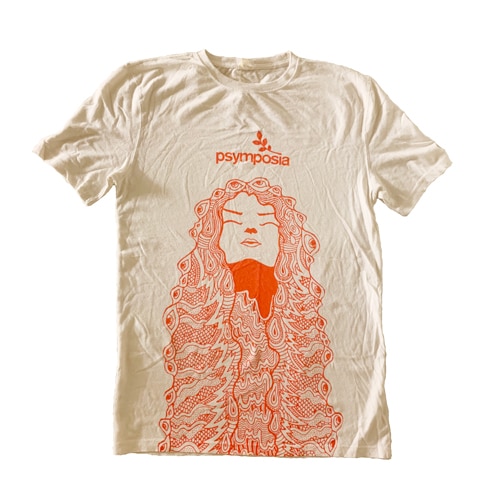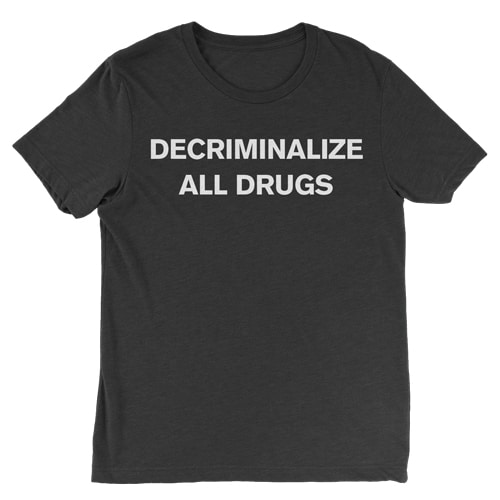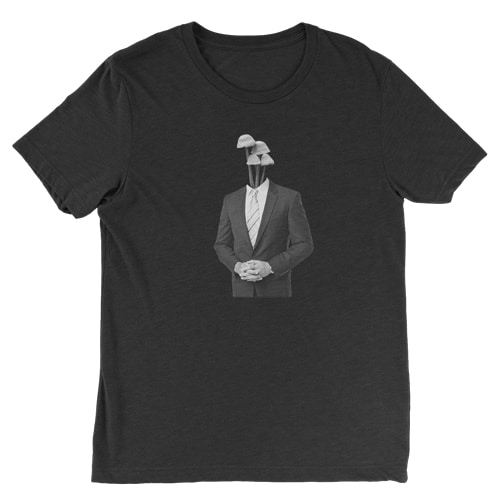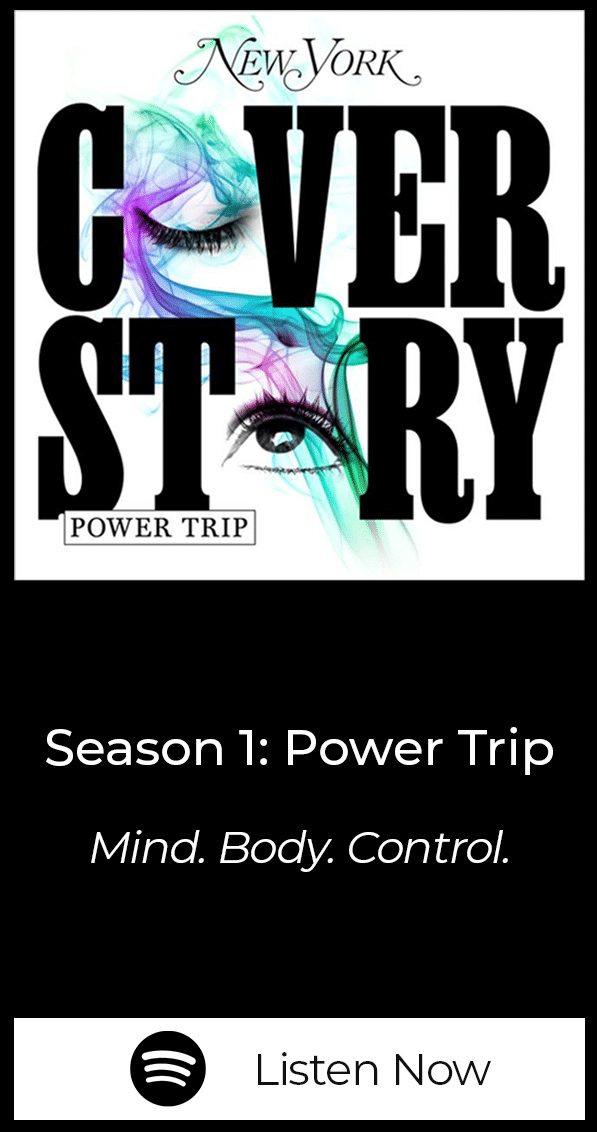A Short History of Psychedelic Psychotherapy, Pt. 2
Let’s go forward in time through the government’s ban on psychedelics, and look how it has blossomed into the psychedelic renaissance.
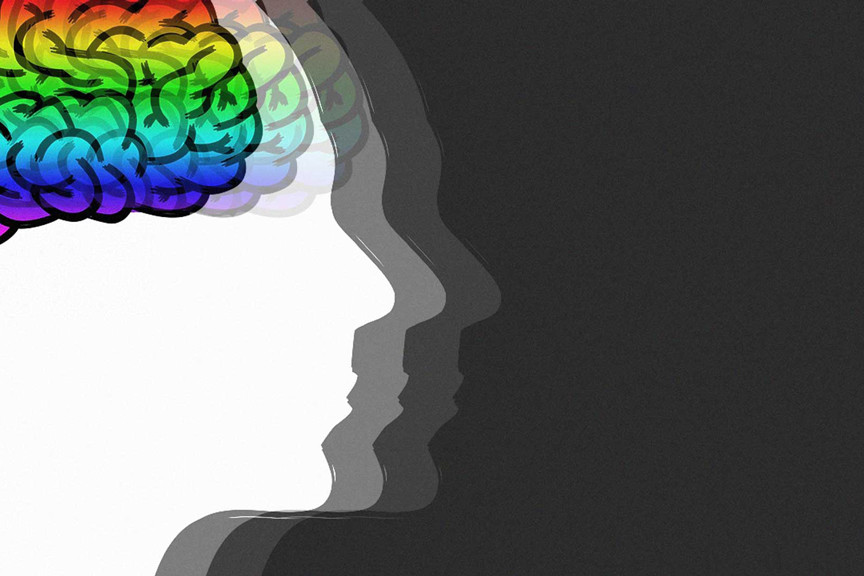
Psymposia is a 501(c)(3) nonprofit research and media organization that offers critical perspectives on drugs, politics, and culture. We rely on contributions from our readers and listeners. Your support is vital to sustaining Psymposia.
Support Psymposia’s independent journalism on Patreon and help us drive the Mystery Machine! We’re a bunch of meddling kids who are unmasking the latest shenanigans on the psychedelics beat.
We knew we couldn’t make it illegal to be either against the war or blacks, but by getting the public to associate the hippies with marijuana and blacks with heroin, and then criminalizing both heavily, we could disrupt those communities. We could arrest their leaders, raid their homes, break up their meetings, and vilify them night after night on the evening news. Did we know we were lying about the drugs? Of course we did.”
–John Erlichmann, aide to Richard Nixon, 1994
In part one we took a journey through the milestones of psychedelic research up to the point where all studies were shut down.
Now let’s go forward in time through the government’s ban on psychedelics, the cauterizing effect of prohibition on psychedelic research, and into its tentative re-ignition, exploring how this has blossomed into the psychedelic renaissance.
The Curtain Comes Down
Until the mid-1960s, modern psychedelic interest was confined to the lab or the psychotherapist’s couch. Timothy Leary, a psychiatrist at Harvard, along with Richard Alpert (later known as Baba Ram Dass) took them mainstream. Suddenly hippies were everywhere, throwing a spanner into the works of U.S. postwar conformity.
The mayhem at the 1968 Democratic convention, the burning cities, and Vietnam War protests prompted Nixon to criminalize all psychedelics by placing them on Schedule One of the Controlled Substances Act, which is reserved for drugs with a high likelihood for abuse and which have no medical value. Psychedelic research screeched to a halt, and for decades it became impossible to get access to psychedelic drugs for clinical study, and it was illegal to make, buy, sell, or use. Research into different states of consciousness was set back 30 years.
One of the few bright spots in the years of prohibition was Stan Grof’s work with holotropic breathwork. When Stan was prevented from having access to LSD and the Maryland clinic closed down, he moved to California where he pioneered the use of rapid, deep breathing, which can make the breather experience a different state of consciousness. While not as intense as many types of psychedelic experiences, holotropic breathing was much safer and could be used on many clients where psychedelics were inappropriate or hazardous, such as on pregnant women or children. Stan also pioneered new techniques of integration, including the concept of prenatal trauma, which are finally being recognized by a wider community of therapists.
Psychedelic chemist and enthusiast Alexander Shulgin introduced Leo Zeff, a Jungian psychotherapist, to MDMA, which he dubbed “Adam” because he believed it returned those who took it to a primordial state of innocence. Zeff was another pioneer who incorporated LSD in his practice in the early 1960s. Shulgin felt that MDMA was the perfect drug to use with psychotherapy. Zeff was so excited by it, he shelved his retirement plans and became known as “the Johnny Appleseed” of MDMA as he traveled around the country, turning over 4,000 psychotherapists onto MDMA couples counseling.
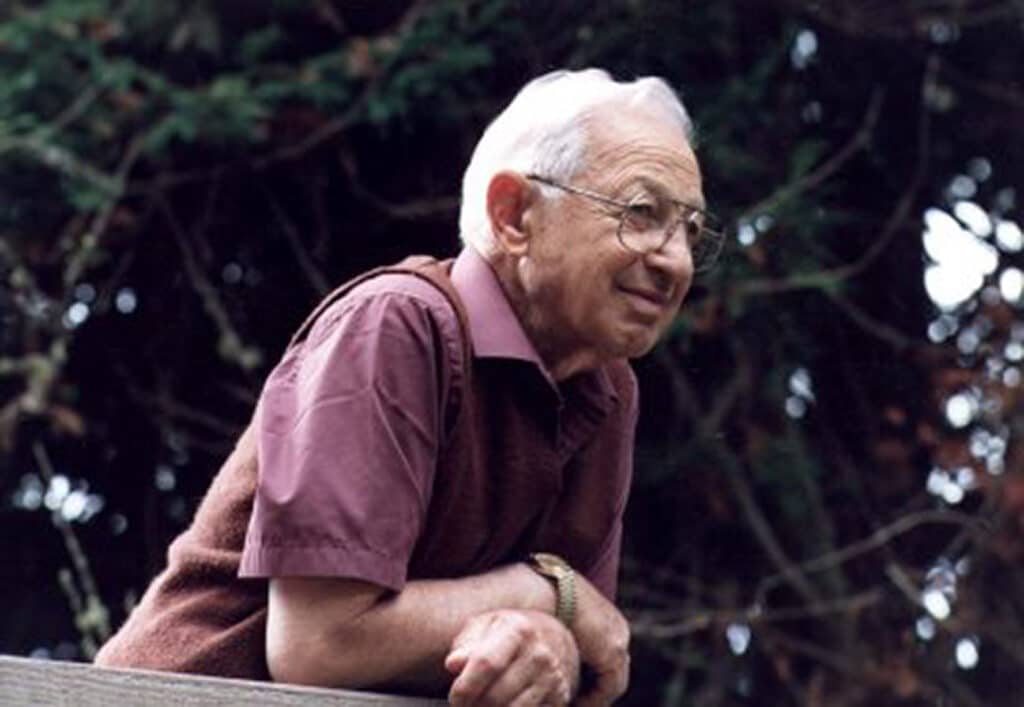
This highly effective treatment went underground after MDMA was banned by the DEA and the U.N. in 1985. This and many other types of psychedelic therapies are still practiced underground in many cities around the world. A new clinical research project sponsored by MAPS is studying the effects of giving MDMA to couples where one of the partners has PTSD. The protocols established by research like this tend to inform underground therapists, but as it is an unregulated profession, they are not bound to any standards.
An Opening
Beginning in the 1990s, there was a small blip in research as the gatekeepers loosened control of psychedelics, allowing clinical studies access to MDMA and psilocybin. More studies were spawned, with interesting results. Modern protocols, careful screening, and the addition of psychotherapy to the use of psychedelic medicine resolved many of the old problems, produced more reliable results, and increased the effectiveness of the medicine.
Psychedelic therapists are trained to deal with people who experience different states of consciousness, not only those produced by taking drugs. Psychedelic therapists play an important role helping clients work through transpersonal states such as loss or change of faith, existential and/or spiritual crisis, experience of consciousness or different states, psychic openings, spiritual emergence, possession, grieving, near-death experience, kundalini awakening, shamanic journey, and difficulties with a meditation practice.
Unfortunately, many otherwise well-trained psychiatrists and psychotherapists may not be able to make sense of these states and may do more harm than good, for instance by diagnosing the person experiencing them as having a mental illness and medicating it.
Pahnke noted, “Without competent psychiatric supervision, such experiences may, at best, remain frightening memories and, at worst, cause a person to decompensate under the stress.“”[ref] Pahnke and Richards, 1965 [/ref]
It’s become a rite of passage for many youth to attend outdoor concerts while high on assorted substances. In 2006, MAPS spawned the Zendo Project as a harm reduction strategy at Burning Man to help people having difficult trips. Zendo was also a unique opportunity for training psychedelic psychotherapists. At any given festival there are dozens of participants who are freaking out. Zendo provides care for people having difficult experiences. They have developed effective strategies for psychedelic harm reduction to help festival-goers. Many other organizations such as Kosmicare, EnergyControl, The Loop, DanceSafe, TripProject, and drugsand.me also practice psychedelic harm reduction within their communities.
Inside the Zendo tent, sitters provide a safe container for people going through difficult psychedelic experiences. The sitter provides a compassionate, calm, grounded presence. In order to do this, the sitter has to start with a beginner’s mind and be curious. There is no analyzing, leading, or agenda, just safety and support. Richard Yensen, one of the psychologists at the Maryland Research Center, likens the psychedelic therapist to a stained-glass window. The power is in the light that shines through each pane of glass onto the client.

Zendo’s Rules for Psychedelic Harm Reduction
Safely sitting through difficulty
- Creating a safe space
- Sitting, not guiding
- Talking through, not down
- Difficult is not the same as bad
The integration of the experience of different states of consciousness is vital. There is little therapeutic value gained unless it can be transformed into meaning in our everyday lives. Some feel strongly that recreational users who experience these states don’t get the benefit from them due to a lack of integration. Experiencing something as vast as the universe, or feeling God-like while on a psychedelic does not lend itself well to day-to-day reality. We all might need a little help unpacking it. A psychedelic therapist helps make sense of these experiences which can be so profound that old habits and addictions can easily be broken.
Because psychedelic medicine is currently illegal in most Western countries, therapy occurs only in clinical trials, in retreats in countries where say, ayahuasca or iboga is legal, or through underground therapists. Integration therapists or integration circles create a safe space for users of psychedelics to tell their stories after the fact.
Once a client has had a different state of consciousness, the most important role for the therapist is to help their client integrate their experiences. Integration involves understanding the meaning and bringing it into their daily life. Therapists who offer integration services have backgrounds in many modalities, though most tend to have a psychodynamic orientation. Psychotherapists with training in transpersonal or shamanic modalities are becoming increasingly common among practitioners.
Psychedelic therapy remains a work in progress. When psychedelics are approved for use, psychiatry will have access to medication that promotes healing, rather than simply treating symptoms. And we will need a lot more psychedelic therapists. As research moves forward, it appears likely that psychedelics will revolutionize our understanding of the mind for decades to come. Nearly all psychedelic studies are small scale and sponsored by foundations like MAPS, the Beckley Foundation, and university departments. Even so, psychedelic research is expanding rapidly despite being hobbled by having no corporate money behind it. Researchers are suggesting many more uses for psychedelics, so we can expect to hear about the results of new studies far into the future.
A small group of therapists working within the limits of clinical protocols are pulling off amazing results. Psychedelics offer tremendous insights into understanding and healing the causes of a wide range of mental health issues. Just imagine the flood of findings and discoveries that could be unleashed if public money was invested in more research. As it is, we are barely scratching the surface.
An accumulating body of clinical research finds psychedelic-assisted therapy highly effective in healing PTSD, trauma, anxiety, depression, existential anxiety, addiction, eating disorders, and even cluster headaches. Crucially, for those with these conditions, present-day psychiatry treatments provide very modest improvements.
There are many hurdles psychedelic research has to jump over before treatments become mainstream. We may see MDMA-assisted psychotherapy treatment for PTSD within a few years. Treatment of death anxiety for cancer patients may be permitted on compassionate grounds in some more progressive countries in the near future. As each day passes, more evidence supports the assertion that psychedelics are a miracle cure for people who suffer from a wide variety of mental distress.
Psychedelic therapy will revolutionize psychiatry and psychotherapy for years to come. Patients who suffer from a wide range of debilitating mental health conditions will be healed through novel treatments that we are beginning to discover. One day, many years from now, the psychedelic renaissance may become known as the psychedelic revolution.
Hey! Before you go… Psymposia is a 501(c)(3) non-profit media organization that offers critical perspectives on drugs, politics, and culture. We strive to ask challenging questions, and we’re committed to independent reporting, critical analysis, and holding those who wield power accountable.
Our perspectives are informed by critical analysis of the systemic crises of capitalism that have directly contributed to the unmitigated growth of addiction, depression, suicide, and the unraveling of our social relations. The same economic elite and powerful corporate interests who have profited from causing these problems are now proposing “solutions”—solutions which both line their pockets and mask the necessity of structural change.
In order for us to keep unpacking these issues and informing our audience, we need your continuing support. You can sustain Psymposia by becoming a supporter for as little as $2 a month.
Bradley Foster
Bradley is a Toronto-based psychotherapist and founder of the Toronto Psychedelic Society.
